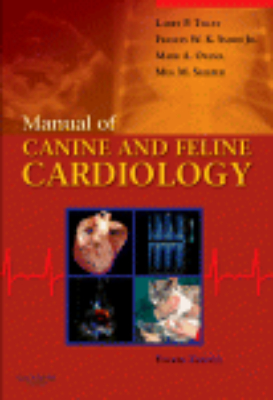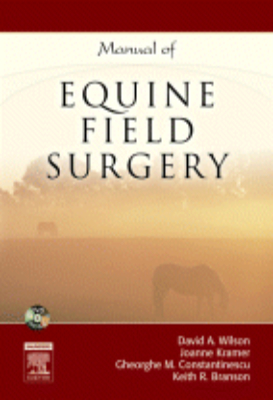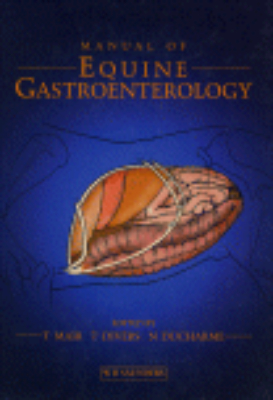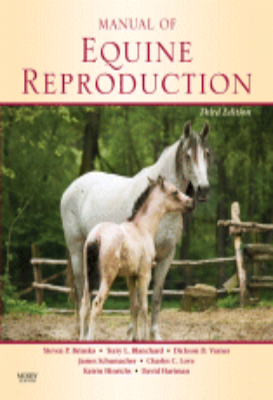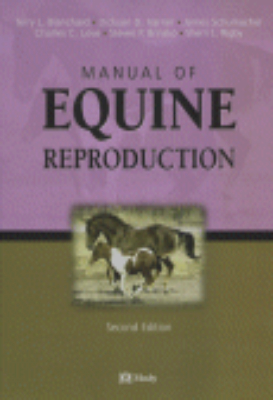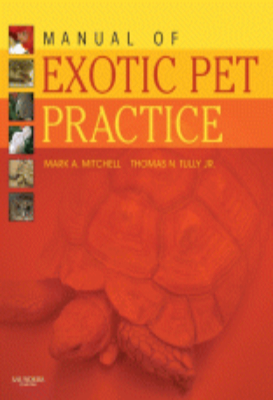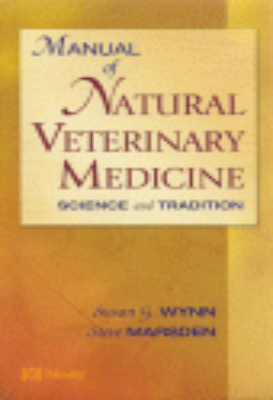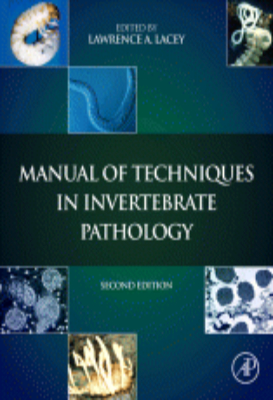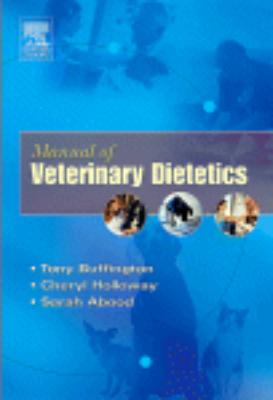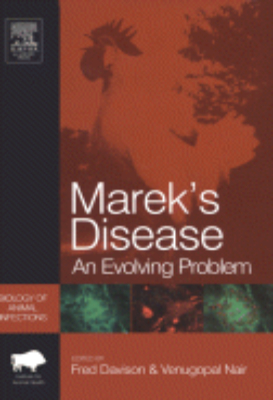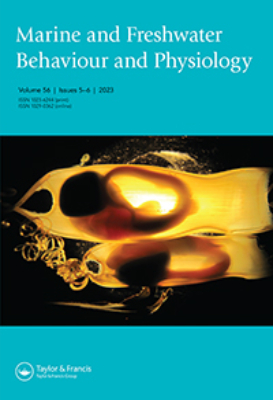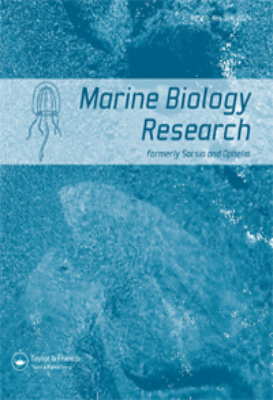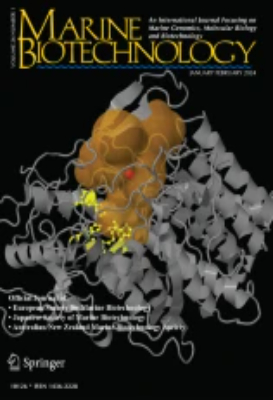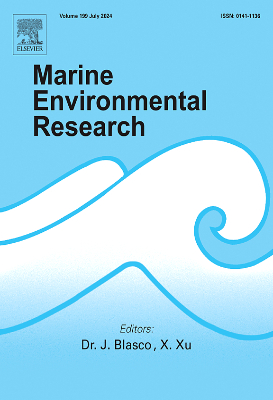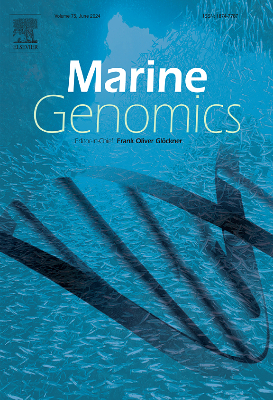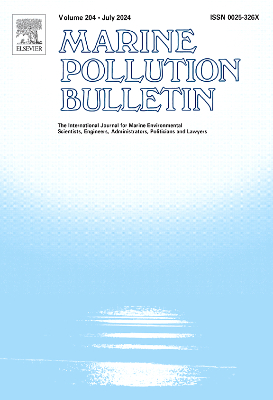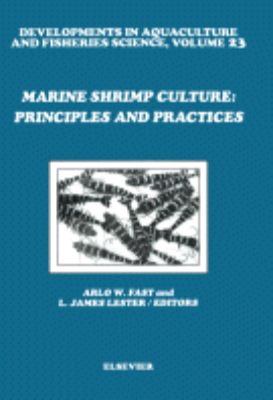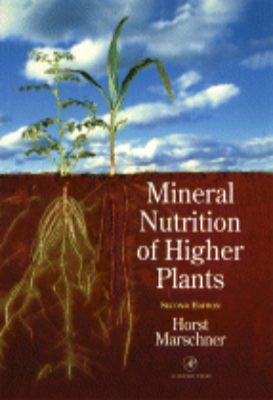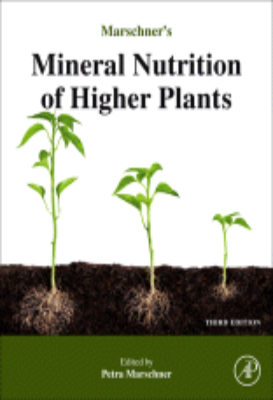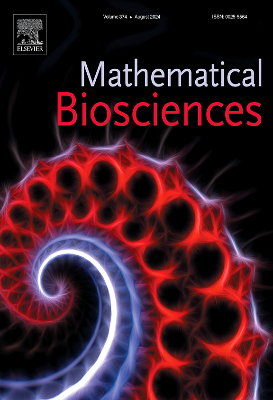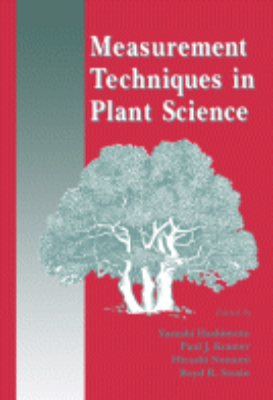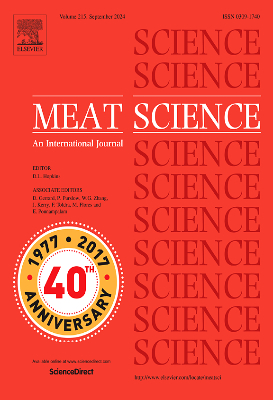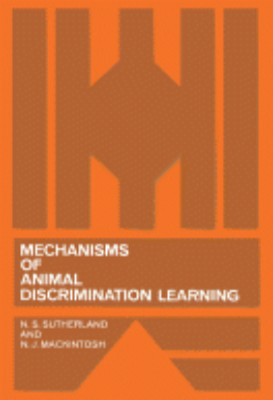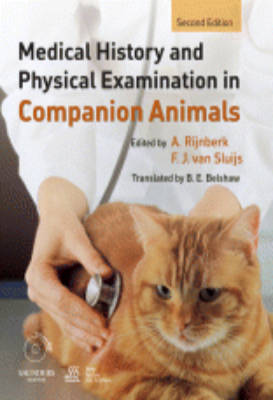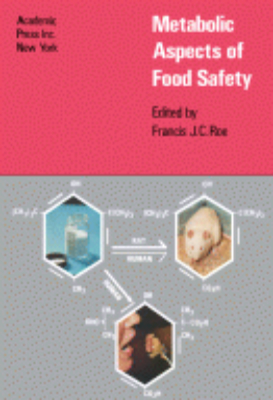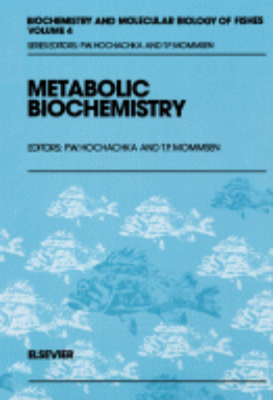Agricultural Science
Manual of Canine and Feline Cardiology
The most effective, practical approach to the recognition and management of cardiovascular and cardiopulmonary medicine, MANUAL OF CANINE AND FELINE CARDIOLOGY, 4th Edition takes a user-friendly approach to the challenges and conditions you encounter in everyday practice. This completely revised and updated edition includes vital information on diagnostic modalities and techniques, therapeutic options, surgical procedures, and pharmaceutical management of the dog and cat cardiac patient. This invaluable, practical reference covers the full breadth of canine and feline cardiology diagnosis and management in a straightforward and clinically focused format.
Manual of Equine Field Surgery
This practical manual provides thorough explanations and step-by-step guidance for 34 procedures that can be performed in less than an hour in a standing sedated patient without the use of special equipment. Three-dimensional, anatomical line drawings, high-quality photographs, and a companion DVD visually demonstrate key concepts and techniques.
Manual of Equine Gastroenterology
This book provides the equine expert and general veterinary practitioner with a complete review of the latest information on all aspects of equine gastroenterology. Edited by an international team of equine specialists and with over 55 contributors from the USA and Europe, it provides the most up-to-date information on a wide range of conditions such as colic, hepatobiliary disease, oesophageal disorders, diarrhoea, gastrointestinal parasites and many more. With detailed chapters on diagnosis and clinical examination, medical and surgical treatment and management of complications, it gives veterinarians all the information they need to diagnose and treat any gastrointestinal problem in the horse or foal.
Manual of Equine Reproduction
Now in full color, Manual of Equine Reproduction, 3rd Edition provides a comprehensive look at the reproductive management of horses, including management of stallions, pregnant mares, and neonatal foals. Expert authors use a concise, practical approach in discussing improved therapies and treatments in equine breeding. Youll enhance your skills and knowledge with this books detailed coverage of techniques used in reproductive examination, breeding procedures, pregnancy diagnosis, foaling, and reproductive tract surgery.
Manual of Equine Reproduction: 2003
Written by acknowledged experts in the field, this authoritative text presents a comprehensive overview of reproductive management of horses, including management of stallions, pregnant mares, and neonatal foals. Discussions are concise and practical, with detailed information on techniques used in reproductive examination, breeding procedures, pregnancy diagnosis, foaling, and reproductive tract surgery. This outstanding 2nd edition features a new chapter on the use of breeding records to evaluate stallion fertility and improve management of breeding stallions. High-quality photographs and line drawings - many new to this edition - clearly depict procedures.
Manual of Exotic Pet Practice
The only book of its kind with in-depth coverage of the most common exotic species presented in practice, this comprehensive guide prepares you to treat invertebrates, fish, amphibians and reptiles, birds, marsupials, North American wildlife, and small mammals such as ferrets, rabbits, and rodents. Organized by species, each chapter features vivid color images that demonstrate the unique anatomic, medical, and surgical features of each species. This essential reference also provides a comprehensive overview of biology, husbandry, preventive medicine, common disease presentations, zoonoses, and much more. Other key topics include common health and nutritional issues as well as restraint techniques, lab values, drug dosages, and special equipment needed to treat exotics.
Manual of Natural Veterinary Medicine
This practical guide synthesizes the types of treatment available for specific diseases. It is a handy reference that provides readers with an understanding of complementary and alternative treatment options for more than 130 common disease states and describes a variety of possible approaches to small animal disorders. Concentrating on nutrition, herbs, traditional Chinese medicines, and physical therapies, the authors present both tradition- and evidence-based therapies for disorders not always responsive to conventional therapies.
Manual of Techniques in Invertebrate Pathology
"Manual of Techniques in Invertebrate Pathology, Second Edition, describes a wide range of techniques used in the identification, isolation, propagation/cultivation, bioassay, quantification, preservation, and storage of the major groups of entomopathogens, including entomophthorales, entomopathogenic fungi, entomopathogenic bacteria of the Bacilli, Nematode parasites, and pathogens and parasites of terrestrial molluscs. The book presents the perspectives of an international group of experts in the fields of invertebrate pathology, including microbiology, mycology, virology, nematology, biological control, and integrated pest management. Organized into 15 chapters, the book covers methods for the study of virtually every major group of entomopathogen, as well as methods for discovery and diagnosis of entomopathogens and the use of complementary methods for microscopy. It discusses the use of molecular techniques for identifying and determining phylogeny, factors that contribute to resistance to entomopathogens, and several other aspects of the science of invertebrate pathology. It also explains initial handling and diagnosis of diseased invertebrates, basic techniques in insect virology, and bioassay of bacterial entomopathogens against insect larvae. In addition, the reader is introduced to the use of bacteria against soil-inhabiting insects and preservation of entomopathogenic fungal cultures. The remaining chapters focus on research methods for entomopathogenic microsporidia and other protists, how the pathogenicity and infectivity of entomopathogens to mammals are tested, and preparations of entomopathogens and diseased specimens for more detailed study using microscopy. Experienced insect pathologists, biologists, entomologists, students, biotechnology personnel, technicians, those working in the biopesticide industry, and government regulators will find this manual extremely helpful. Key Features. Step-by-step instructions for the latest techniques on how to isolate, identify, culture, bioassay and store the major groups of entomopathogens. New edition fully updated to address changes in the taxonomy of the vast majority of taxa. Discussion of safety testing of entomopathogens in mammals and also broader methods such as microscopy and molecular techniques. Provides extensive supplemental literature and recipes for media, fixatives and stains"
Manual of Veterinary Dietetics
This comprehensive guide provides diet and feeding recommendations for both healthy and sick animals. Recommendations are based on a physical and nutritional assessment of the patient, and the wishes and abilities of clients. Suggested dietary interventions are assessed based on indications, possible adverse reactions, contradictions, and ongoing evaluation. The book also raises questions concerning the appropriateness of various commercial foods, assesses the validity of advertising claims, and addresses requests for recipes for homemade foods. The ultimate goal is to sustain the nutritional health of pets without adversely affecting the quality of the bond between clients and their pets. Coverage extends to dogs, cats, and basic exotic pets.
Marek’s Disease
Mareks disease is a form of cancer of poultry caused by an important herpesvirus (MDV). It continues to be a threat to poultry health and welfare and worldwide losses are estimated to be US$ 1 billion annually. Marek's Disease provides a timely review of the problems of Marek's disease with descriptions of the complex viral life cycle, how MDV targets different types of white blood cells, and details of the virus structure, its genes and proteins.
Marine Faunal Diversity in India
"More than 70% of the earths surface is covered by water, making it an ideal and abundant resource for studying species diversity, faunal communities, and ecosystems. Indias massive coastline (5,044 miles) means it plays a major role in housing these faunal communities. Of the 32 animal phyla, 15 are represented in Indias marine ecosystem, covering more than 15,000 species. Marine and coastal ecosystems of India provide supporting services in the form of wide range of habitats. Major ecosystems such as estuaries, mangroves, coral reefs, lagoons, seaweeds and sea grasses serve as nurseries for both inshore and offshore fishes and others, many of which are supposed to be commercially exploited. Marine Faunal Diversity in India describes different marine faunal group ranges from sponges, corals, mollusks, crabs, fishes, reptiles, birds, marine mammals, mangrove fauna and tsunami impact on marine faunal diversity. The chapters, written by reputed experts in their respective fields, illustrate diversity and distribution of marine faunal communities. Key aspects of the ecology and conservation of this important ecosystem are also discussed. Marine Faunal Diversity in India provides marine biologists and related researchers with access to the latest research and field studies from this major region. Key Features. Provides the latest field research on marine faunal diversity throughout the vast and species-rich Indian region. Brings together expertise from top marine biology researchers in the country. Covers a diverse array of aquatic environments, including coastal and island areas. Discusses conservation ecology of marine faunal groups"
Marine Shrimp Culture
The commercial culture of marine shrimp in tropical areas has grown at a phenomenal rate during the last 10 to 15 years. This book provides a description of principles and practices of shrimp culture at one point in time and documents both historical events and conditions now. It also tries to look into the future. The volume provides both practical information about shrimp culture, as well as basic information on shrimp biology. It should be of value to researchers, consultant practitioners and potential investors in the marine shrimp culture industry.
Marschner’s Mineral Nutrition of Higher Plants: 1995
"An understanding of the mineral nutrition of plants is of fundamental importance in both basic and applied plant sciences. The Second Edition of this book retains the aim of the first in presenting the principles of mineral nutrition in the light of current advances. This volume retains the structure of the first edition, being divided into two parts: Nutritional Physiology and Soil-Plant Relationships. In Part I, more emphasis has been placed on root-shoot interactions, stress physiology, water relations, and functions of micronutrients. In view of the worldwide increasing interest in plant-soil interactions, Part II has been considerably altered and extended, particularly on the effects of external and interal factors on root growth and chapter 15 on the root-soil interface. The second edition will be invaluable to both advanced students and researchers. Key Features. @introbul:Key Features. @bul:* Second Edition of this established text. Structure of the book remains the same. 50% of the reference and 50% of the figures and tables have been replaced. Whole of the text has been revised. Coverage of plant (soil interactions has been increased considerably)"
Marschner’s Mineral Nutrition of Higher Plants: Third Edition 2012
"An understanding of the mineral nutrition of plants is of fundamental importance in both basic and applied plant sciences. The Third Edition of this book retains the aim of the first in presenting the principles of mineral nutrition in the light of current advances. This volume retains the structure of the first edition, being divided into two parts: Nutritional Physiology and Soil-Plant Relationships. In Part I, more emphasis has been placed on root-shoot interactions, stress physiology, water relations, and functions of micronutrients. In view of the worldwide increasing interest in plant-soil interactions, Part II has been considerably altered and extended, particularly on the effects of external and interal factors on root growth and chapter 15 on the root-soil interface. The third edition will be invaluable to both advanced students and researchers. Key Features. Third Edition of this established text. Structure of the book remains the same. 50% of the reference and 50% of the figures and tables have been replaced. Whole of the text has been revised. Coverage of plant (soil interactions has been increased considerably)"
Measurement Techniques in Plant Science
"Any explanation of the physiological ecology of plant growth--why plants survive in particular environments--requires the measurement of the effects of environmental factors. This book reviews the history, development, and current status of instruments and measurement techniques that have been particularly useful in field studies of plant physiological ecology. It will be of interest to researchers and students in plant physiology and biochemistry, crop scientists, horticulturalists, and foresters. Key Features. Miniaturized, portable gas exchange measurement systems. Permanent field installation for transportationo measurements. Automated plant-water sensing system. Use of chlorophyll fluorescence for screening of tolerant genotypes"
Mechanisms of Animal Discrimination Learning
Mechanisms of Animal Discrimination Learning provides a review of the field of animal discrimination learning, with discussions into other areas such as generalization, partial reinforcement, and some aspects of comparative psychology. This book elaborates the origins of continuity-noncontinuity controversy, analysis of attentional learning, Lashley and Wade's account of generalization, and evidence for a two-process analysis of the ORE. The reversal and nonreversal shifts, response unit hypothesis, inconsistent reinforcement and extinction of choice behavior, and aims and problems of comparative psychology are likewise described This text likewise covers the Zeaman and House model, Lovejoy's Model III, determinants of generalization gradients, cognitive dissonance hypothesis, and theoretical relevance of comparative psychology. This publication is a good source for biologists and researchers concerned with animal discrimination learning.
Metabolic Aspects of Food Safety
Metabolic Aspects of Food Safety is based on the proceedings of the Second Food Safety Conference held in 1969. The first conference was held in April 1966 and was concerned solely with the Pathology of Small Laboratory Animals. The program of the second Conference was intended to be complementary to that of the first. In 1966, the animals used for tests were considered. The 1969 conference focused on the tests themselves and their interpretation in relation to the toxicity or safety of the constituents, including additives and contaminants, of man's food for man. The contributions made by researchers at the conference included studies on the need for more biochemical information in food safety evaluation; the physiology of gastrointestinal absorption; renal function tests in laboratory animals; significance of age of test animals in food additive evaluation; aspects of protein metabolism relevant to food safety evaluation; and significance of organ-weight changes in food safety evaluation.

